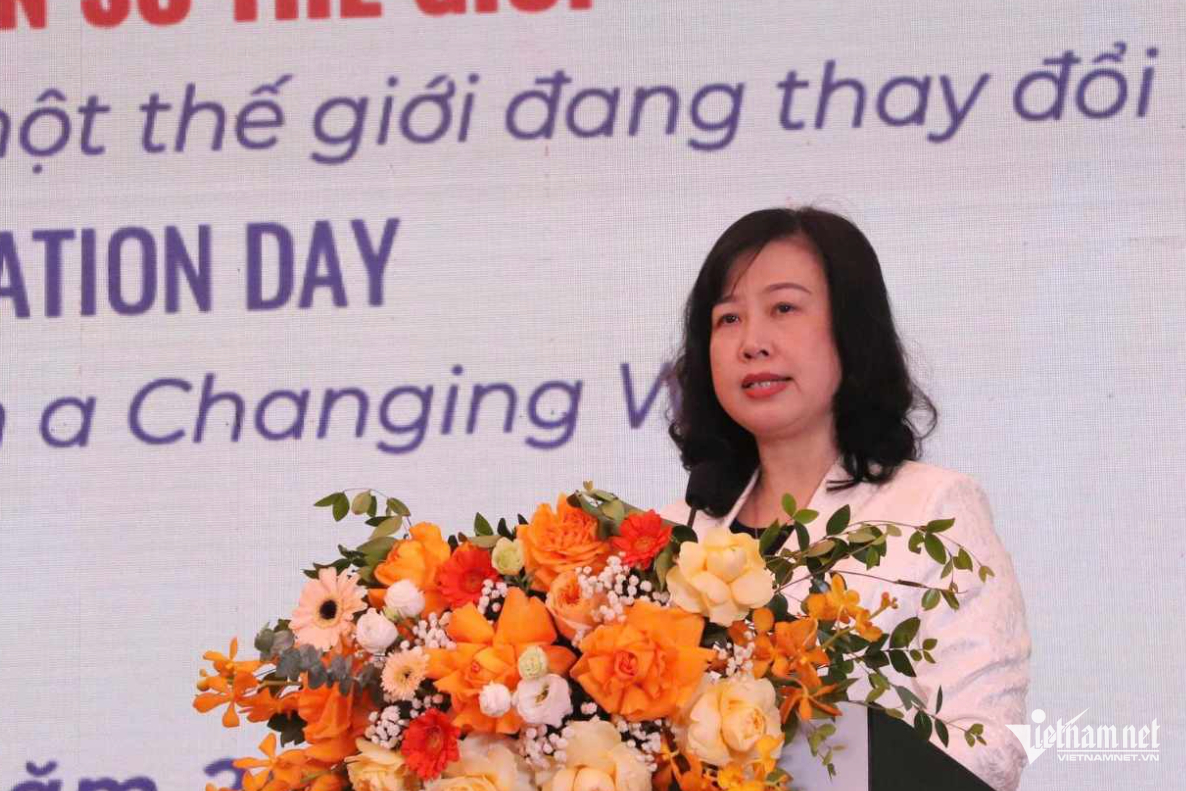Vietnam is experiencing its lowest fertility rate in history, with the figure dropping to 1.91 children per woman in 2024. This marks the third consecutive year below replacement level and signals deepening demographic challenges, according to Health Minister Dao Hong Lan.

Speaking at the World Population Day ceremony and the launch of the 2025 State of World Population Report - co-hosted by the Ministry of Health and the United Nations Population Fund (UNFPA) in Vietnam on July 11 - Minister Lan addressed urgent issues surrounding the nation’s population trends.
A record low in fertility
The minister emphasized that declining fertility is now a critical issue affecting Vietnam’s long-term sustainable development. According to the latest population fluctuation survey, Vietnam’s fertility rate fell from 2.01 in 2022 and 1.96 in 2023 to 1.91 in 2024.
Globally, Vietnam is not alone in facing falling birth rates. UNFPA’s country representative Matt Jackson cited a growing global concern over what some experts describe as a “population crisis.”
The 2025 UNFPA report reveals that while most people still want to have children, one in five report being unable to achieve their desired family size. Among those over age 50, 40% say they had fewer children than they had hoped.
The survey, conducted among 14,000 respondents in 14 countries, found that financial insecurity is the main reason for declining birth rates. Other common concerns include unstable employment, housing costs, and childcare expenses - factors mirrored in Vietnam’s current context.
Aging population and health concerns
Minister Lan also highlighted the rapid aging of Vietnam’s population. While average life expectancy has reached 74.7 years - high for a country with Vietnam’s income level - healthy life expectancy is only 65 years. That means over a decade of life is spent living with illness or disability.
Health disparities remain stark in remote and ethnic minority areas. Early and adolescent pregnancies, child marriage, and consanguineous marriages are still prevalent in the Central Highlands and Northern mountainous regions.
Meanwhile, Vietnam’s sex ratio at birth remains skewed. In 2024, it stood at 111.4 boys per 100 girls, nearly identical to 2019’s 111.5 and higher than the natural norm of 105.
Financial support and legislative solutions
Minister Lan emphasized that the amended 2025 Ordinance on Population affirms individuals’ and couples’ right to make reproductive choices freely and responsibly - aligning with this year’s World Population Day theme on reproductive autonomy.
The ministry is currently drafting a Population Law and a national program for population health and development covering 2026–2035. The draft law is under review by the Ministry of Justice and is expected to be submitted to the National Assembly for discussion in October 2025.
Key proposed measures include expanded maternity leave benefits, financial or in-kind support for childbirth, prenatal and newborn screening aid, and preferential access to public housing programs.
There are also incentives for families with two daughters and no sons, and scholarships and tuition support for students pursuing geriatrics in state-run medical schools - part of a broader plan to bolster care for the elderly.
Vo Thu